Catherine's magic and mystique
A deep dive into her Early Years work and its lasting legacy
Hello, Royal Clubbers! It's Ainhoa here.
I have a very special post for you today which, in a The HELLO! Royal Club first, is actually written by one of our members, Audrey Symes.
Like many of us in the club, Audrey is a huge admirer of Princess Catherine's work, in particular her focus on the Early Years and her desire for all children to have the best possible start in life.
A lot has been said about how this area of childcare is Catherine's life mission and will be her lasting legacy, but Audrey has gone one step further and highlighted how Catherine is following in the footsteps of previous royal women – while also maintaining that royal mystique so synonymous with the late Queen Elizabeth II.
Take it away, Audrey…
The Princess’ Centre
Over the past several years, the Princess of Wales has dedicated her platform to the topic of early childhood development through her Centre for Early Childhood, which reflects two of her defining qualities – her deep commitment to family life and a singular perspective on social issues, shaped through her patronages. The Centre is unusual in that, rather than being focused on one cause or organisation, it is built around a conviction – that all of us are responsible for providing children with the best possible opportunity to form durable bonds with those around them, and to develop a strong sense of self, ultimately fostering, as the website states, "a healthier, happier, more nurturing society".
As a mission-driven institution, the Centre is highly flexible and inclusive. It effectively connects a wide range of the Princess' engagements – from classroom visits to baby bank volunteer days to university lectures – allowing each to reinforce the overarching message of supporting early childhood development and enabling the public to see the links among them.
As the founder of the Centre, the Princess can exercise a third defining quality: her power as a royal to reach out to a wide group of participants, including academics, the business world, the charity sector and the public. Convening diverse groups enables cross-pollination of ideas, leading to projects that wouldn't have happened otherwise.
For instance, the members of the Business Taskforce can gain insights from the academic sector on how to support early childhood development both among their employees and society at large, and the results of those initiatives can later generate case studies. Charities can also educate both businesses and academics on their lived experience working with families in need, and receive support in the form of volunteers, contributions and suggestions for new approaches.
The Princess has also offered the public many ways to get involved, within their places of employment as well as individually, through providing details on how to volunteer and donate to baby banks.
Catherine's legacy
The Princess has often referred to the Centre as her life's work, and it is easy to see how such a textured and multi-layered organisation can continue to promote support for early childhood development across all dimensions of society.
As she is able to draw more people in and develop more initiatives, its success will compound in a virtuous cycle, and become a distinctive legacy for her.
Following royal tradition
While the Princess of Wales certainly deserves to be celebrated for using her unique influence to highlight the needs of children and families who may have otherwise been overlooked, she is following in a longstanding royal tradition dating back to medieval times.
Acting as a figure of grace, protection and benevolence lies at the heart of our conception of princesses and queens consort – they are uniquely poised to elevate, help and inspire with no personal agenda.
History offers many examples of this tradition. Queen Victoria's daughters shaped their contributions around their mother's strong sense of moral and maternal duty.
● Princess Victoria, who was briefly the Empress of Germany, promoted healthcare for women and children and advocated for hospitals like the Victoriahaus in Berlin, which offered maternity care – especially for poor and large families – and midwifery training.
● Princess Alice developed support groups for poor mothers, supplying them with hygiene items.
● Princess Helena encouraged women to volunteer on behalf of those in distress through the British Red Cross Ladies Committee.
Even further back, medieval queens were well-known for their benevolent effect on society. While specific examples are sparse, it is known that Queen Eleanor of Castile, the consort to Edward I, was known for almsgiving. This reputation meant her subjects would line the roads as she travelled to receive household items and money.
A little closer to our era, Queen Charlotte, wife of George III, funded, as Patron, the General Lying‑in Hospital, a hospital for expectant mothers. It was subsequently renamed as the Queen's Hospital, and is today the Queen Charlotte's and Chelsea Hospital.
The Princess' mystique
When viewed in this context, the Princess of Wales is a vital link in an extraordinary ancient chain of princesses and consorts. Through her thought leadership, convening power and consideration of the underserved, she has artfully combined early modern social advocacy with the mystique of the compassion and graciousness of more ancient times.
The Victorian essayist, Walter Bagehot, famously said, in reference to the Queen, that “we must not let daylight in upon magic” – that “royalty should always remain reverenced and set apart”. The Princess of Wales has found a lovely way to use her passion for early childhood development to champion her point of view while retaining that magical essence.
Thank you, Audrey, for this enlightening feature. We love how you've shone a light on Catherine's mystique and magic – not just her influence which is so well-documented already. We couldn't have said it better!
If you're passionate about a particular subject and want to follow in Audrey's footsteps by submitting a post, please do get in touch. We'd love to hear from you.


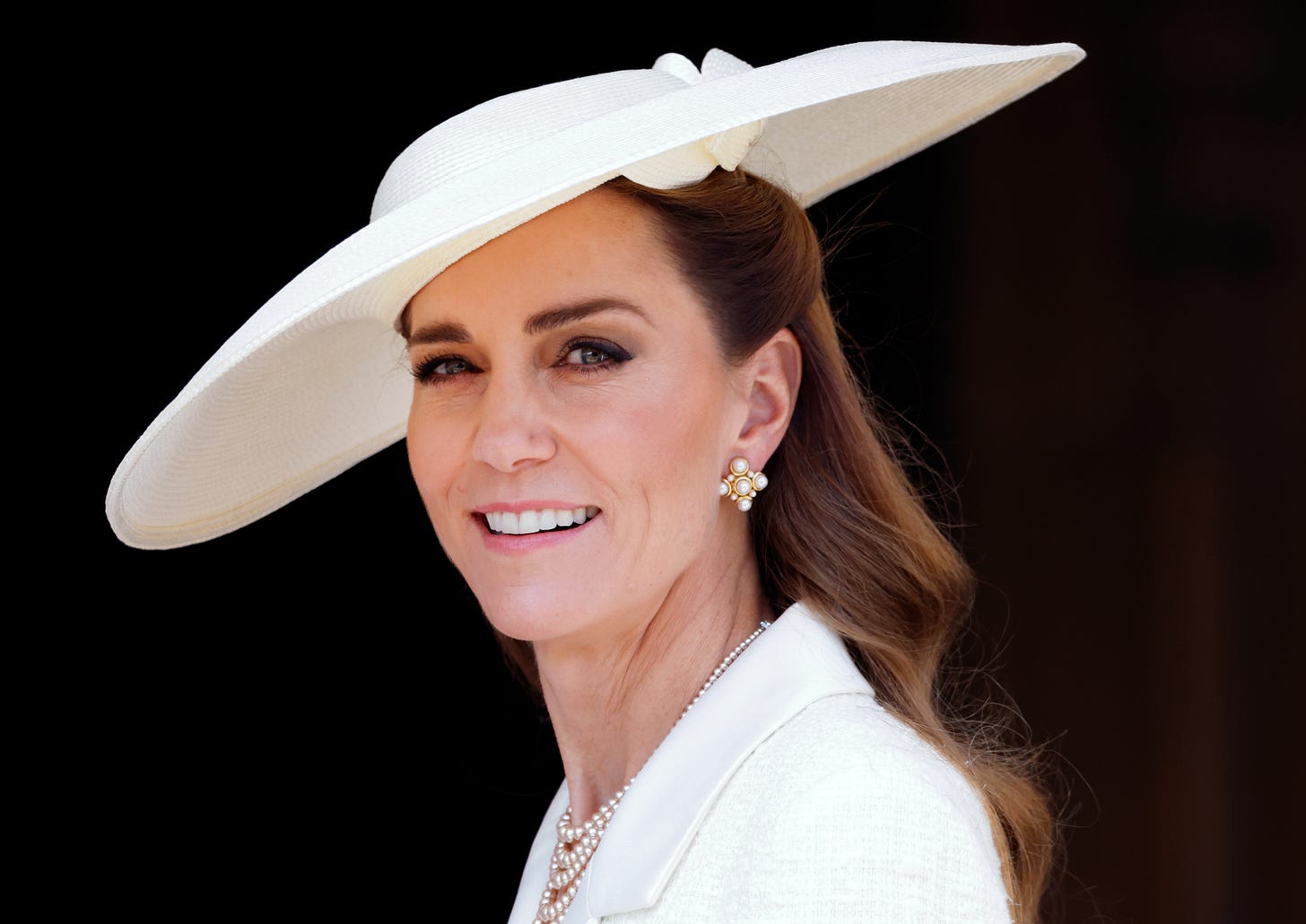
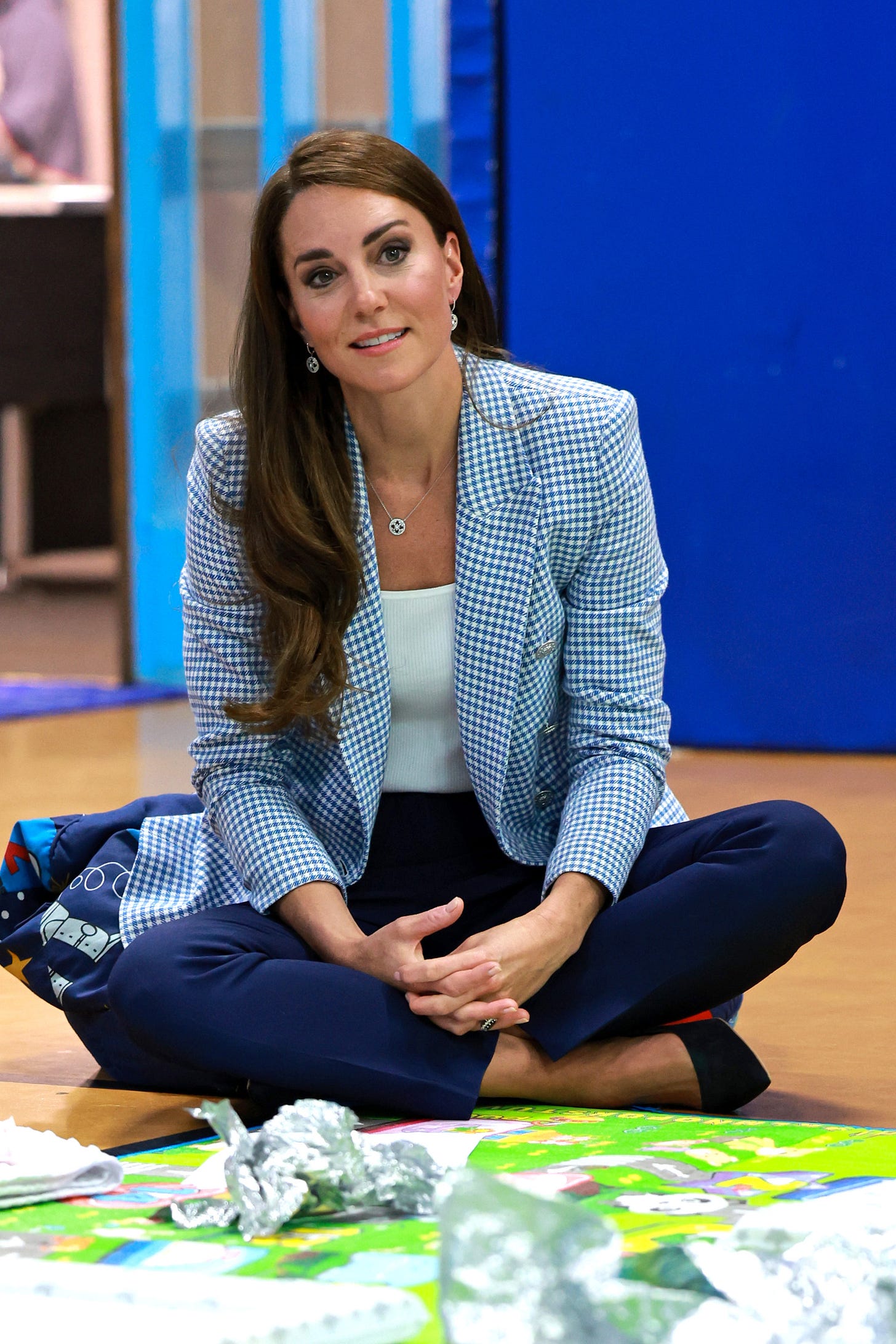
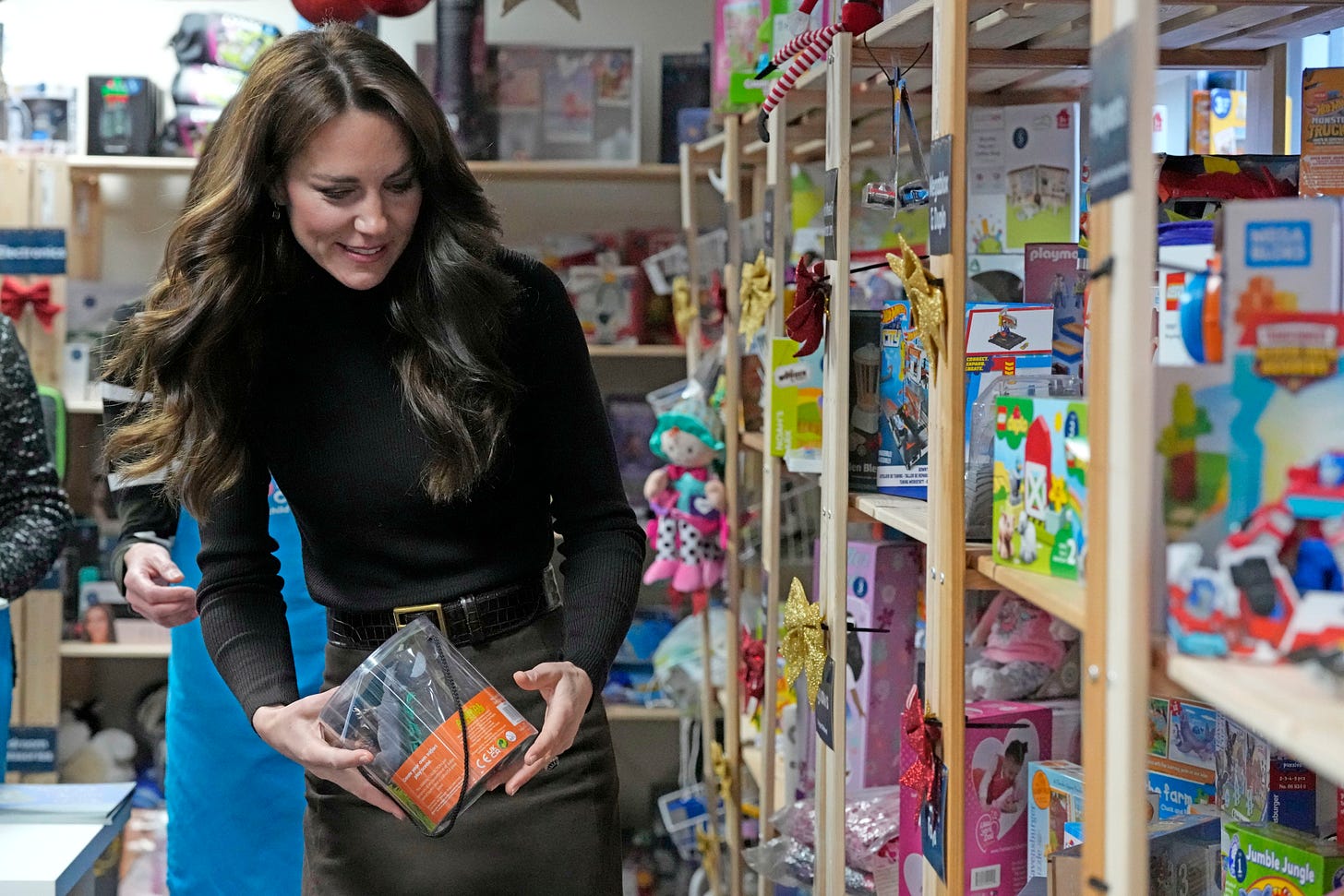
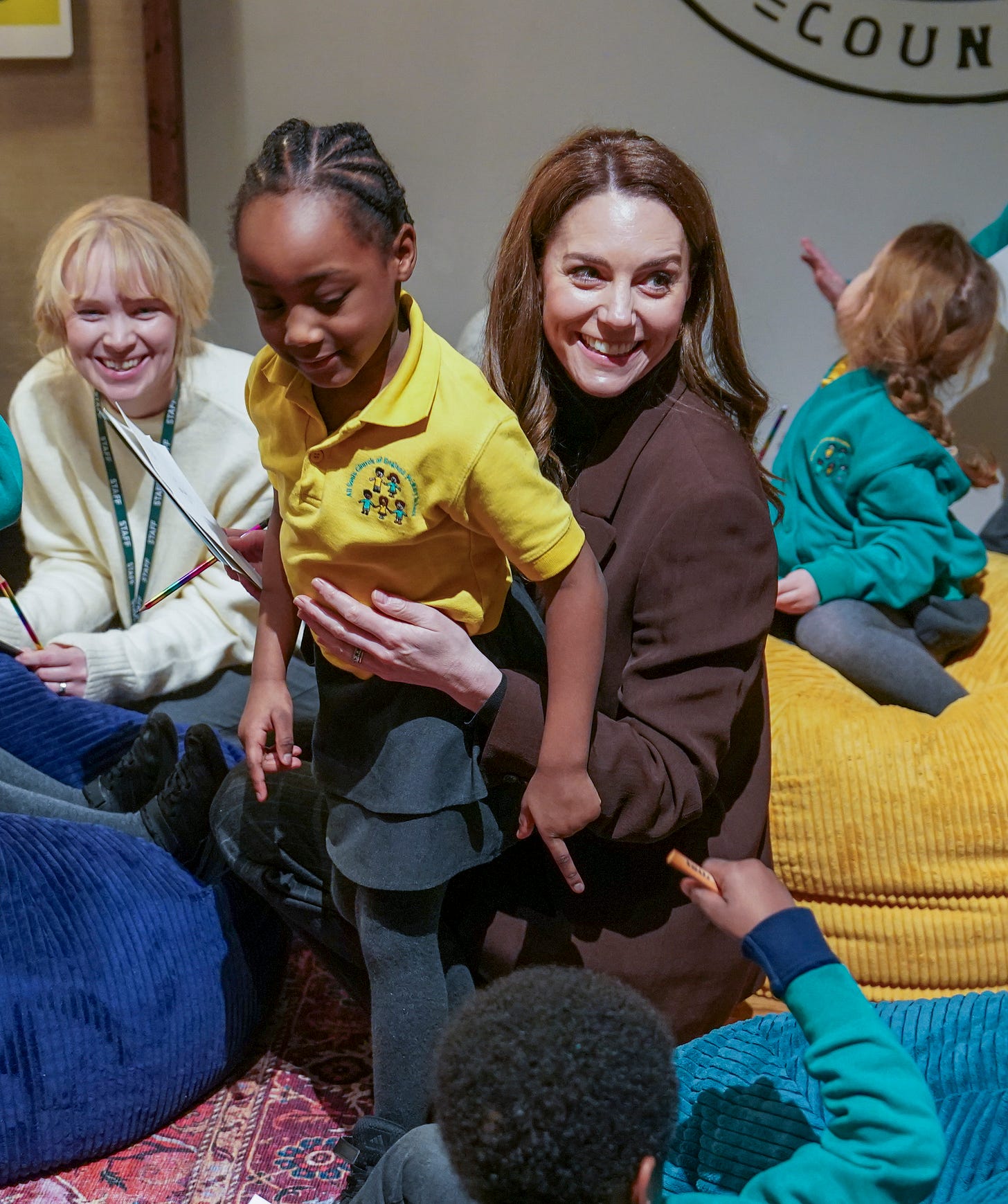
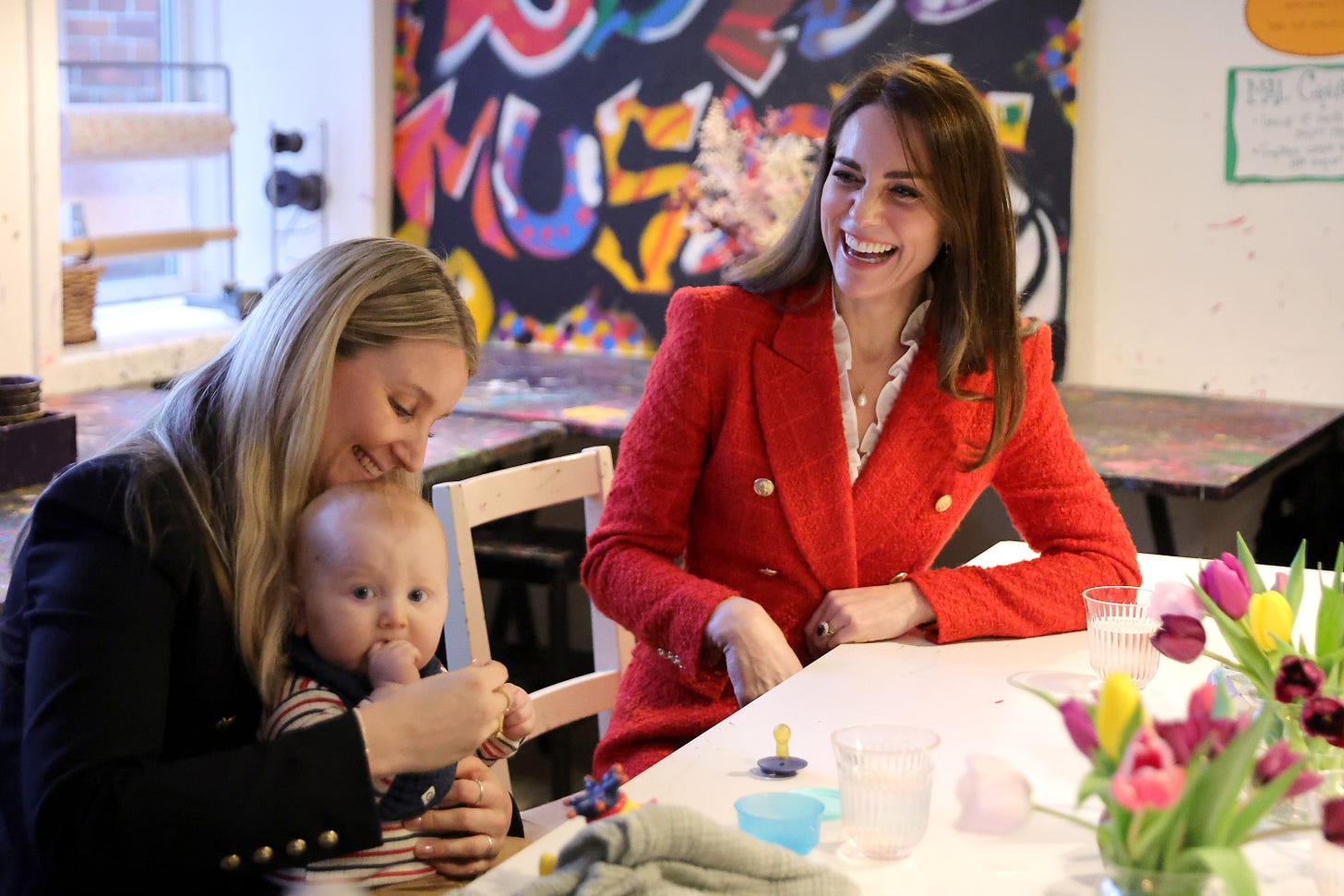
Born into/from a Musician Family with my Father, noted US String Educator and acclaimed US "Father of The US Youth Orchestra Movement" in the 1950s through 1970s until his passing, I am most sensitive to the very Early Years of any child's development and even in the most and unfortunate family circumstances re the poor and environments grown up in & watched my late father deliberately single out those from very sparse backgrounds as naturally gifted possible young musicians or to build our youth without much, more readily than those with much more in the way of access of parents w/enough monies to purchase string instruments for their children and whom at a tender ages sought out and expressed true desires to play a string instrument on either a violin, cello, viola or a double bass not to mention a Fav Piano! Poppa developed his own 'system' of teaching the very young How to hold & bow on a violin and to create this all known process of First early acquaintance. He composed ideal lovely pieces for elementary school orchestras with deliberate markings of when to go Down Bow or Up Bow and when to play softly rather than loudly and all was for the purpose of welcoming all children to the world of music and further to a world of making music as the goal but with early emphasis on Discipline in all aspects of making music with others including ensemble playing meaning one being totally aware of one, two or three other string players all making music Together! It is an Extended Activity learning 'How to Play a String Instrument' yet it is a Human Experience for children to truly be a vital part & whether they are fortunate enough to have private lessons and much more often having Class Lessons in primary school and what is known as K-12 in America. But even if a child loses interest {and temporarily} the process w/ friendships forged while learning and with others How to learn playing a string instrument still remains and in a Social Way which does unquestionably remain in the inner being of each and every child enabling them to go ahead in school subjects with much more discipline needed due focus on holding a Violin and a Bow via Discipline to play with others equalling Listening to the Others and blending in with those also involved in making music in a given piece of music as part of a wonderful Whole and in Life becoming enticing to children happy w/friends ^^who share similar interests & are learning music together to improve!! Much more to it yet space limits more at this time! My 2012 meeting in London w/ **HRH, The Duke of Kent, Patron of TLC when over as Guest of my honoured eminent String Colleague, former Executive Director of Trinity College of Music/London, *Professor Derek W. Aviss, O.B.E. brought about an intriguing conversation with HRH, Patron of the new "Self" of TCM relocated to Greenwich University in The Old Royal Naval College where Professor Aviss, {Executive Director at the time}, helped form now Trinity Laban Conservatoire of Music and Dance in Greenwich and on Grounds of Greenwich University! Time to take my leave, I do hope this could be forwarded to HRH, Catherine, Princess of Wales, to read for I am Violinist daughter of considered to be the greatest American String Educator of Children ever to live who expanded his Mission to All US Youth! With Honoured Curtsey ~ Elisabeth Matesky, US Violinist/rare 1 of only 7 Original Pupils of GOAT Violinist, Jascha Heifetz & when @London's RCM, private Heifetz pupil of Only Peer of Heifetz, Great Violinist Colleague, Nathan Milstein! 23.7.25 ~ Kindly Fwd Full Reply so marked ^^ to HRH, Catherine, Princess of Wales ~ Thanks!